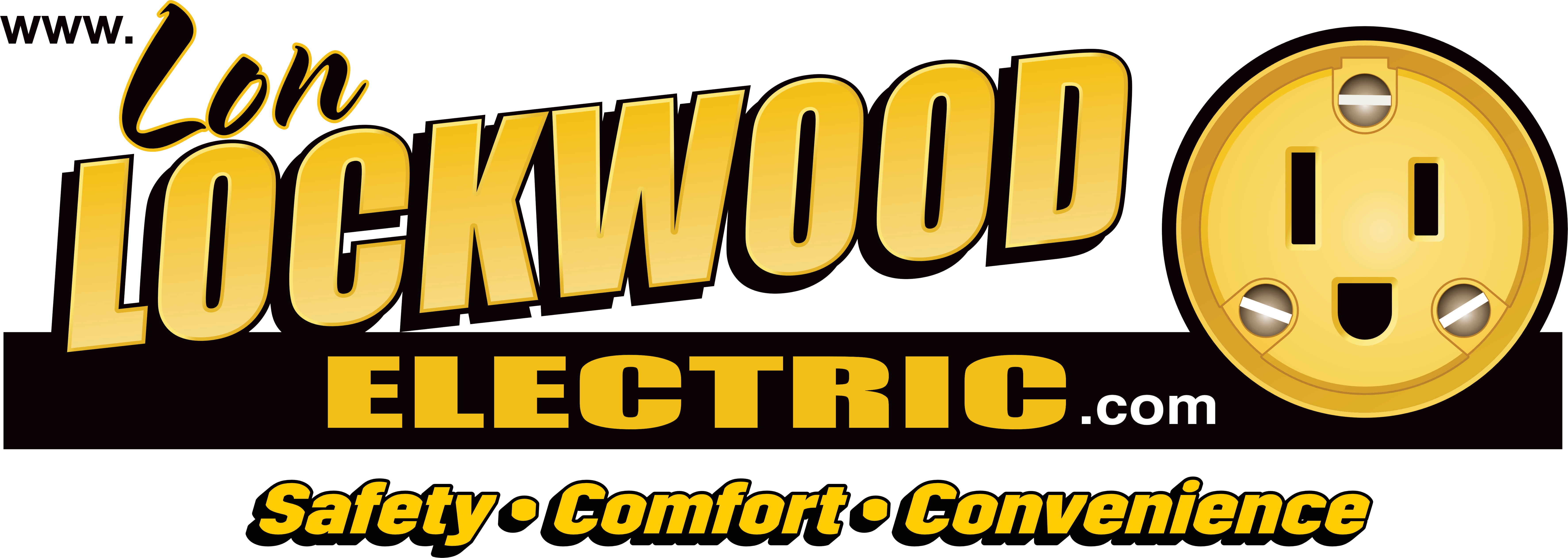What Does a Surge Protector Do?
Surge protectors or surge suppressors are designed to divert dangerous power spikes safely to the ground, protecting sensitive electronics like computers or cell phones. Some are more effective than others, and not all the devices in your home need the added protection a surge protector provides.
What Do Surge Protectors Guard Against?
Surge protectors can prevent damage to electronics from power spikes or surges that originate inside or outside your home. While it is commonly believed that surge protectors can keep your devices safe from lightning, that is only partially true.
Almost nothing can protect your devices from a direct strike, besides unplugging them completely. Surge protectors can protect from spikes caused by distant lightning strikes, as well as other sources like utility blackouts and surges, and spikes that occur inside your home when large motors, compressors, or other large loads start up or shut down. No surge protector can offer 100% protection, however.
Are Surge Protectors the Same as Power Strips?
Some surge protectors share the same form factor as power strips — devices that typically have about six outlets in a single row with a simple on/off switch — but surge protectors and power strips are very different devices.
Power strips or outlet strips have no protection against surges, though they may offer a circuit breaker that trips if the current draw of the connected devices exceeds 15 amps.
Point-of-use surge protectors plug into the wall receptacle and have multiple outlets, similar to a power strip, but they feature additional circuitry like a varistor to absorb and divert power spikes to the ground.
What Should Be Plugged Into a Surge Protector?
Any device with complex electronics or a microprocessor should be plugged into a surge protector, if possible, whether it’s on all day or just for short periods. This includes computers, televisions, game consoles, mobile phones, routers, cable modems, cable boxes, and more.
Without a surge protector, these devices may crash or lose data when a surge occurs; they may suffer minor damage that shortens their service life; or, in some cases, they may fail and need to be repaired or replaced.
Large appliances like refrigerators, air conditioners, or anything with a motor should not be plugged into a surge protector, as they have built-in protection, and the motor or compressor itself can cause surges.
Simple devices like lights, fans, tools, or small appliances also don’t need the protection of a surge protector in most cases.
How To Choose a Surge Protector
Surge protectors will be labeled with a rating in joules, indicating the amount of protection they can provide against power spikes or surges. However, depending on the manufacturer, the joule rating may be exaggerated, and even if it is accurate, surge protectors don’t last forever.
The varistors and other circuitry can only absorb a finite amount of energy, and as they absorb small spikes day to day, or a large spike or two, they will become less effective. A device rated at 600 joules, for example, can only absorb a single spike of 600 joules, or several small 10- or 20-joule spikes, before it should be replaced.
To protect your most important devices, like laptops, desktop computers, or mobile phones, choose only surge protectors from trusted brands with the highest joule rating your budget can justify.
Lower-rated or off-brand surge suppressors will likely work fine for less important devices like televisions, cable boxes, or game consoles. Make sure any surge protector you choose is UL-listed and has good reviews, and replace the surge protector every few years or any time you suspect it has absorbed a major spike.
Whole-Home Surge Protectors
One of the best ways to protect your sensitive devices is with a professionally installed whole-home surge protector. Installed at the main service panel, it protects all the circuits in your home from surges.
Whole-home surge suppressors are primarily designed to absorb large spikes, so they are best used in conjunction with point-of-use surge suppressors for optimal protection.
Whole-Home Surge Protectors in the Rochester, NY, Area
Modern homes feature dozens of computers, mobile phones, and other electronic devices that are sensitive to power surges. Give them the best protection you can with a quality whole-home surge protector from our team at Lon Lockwood Electric.
Our skilled electricians serve Rochester, Webster, Willamson, and beyond, and we feature a 100% satisfaction guarantee on all our services.
Call 585-766-4702 today or contact us online to schedule a whole-home surge protector installation for your Rochester home!
